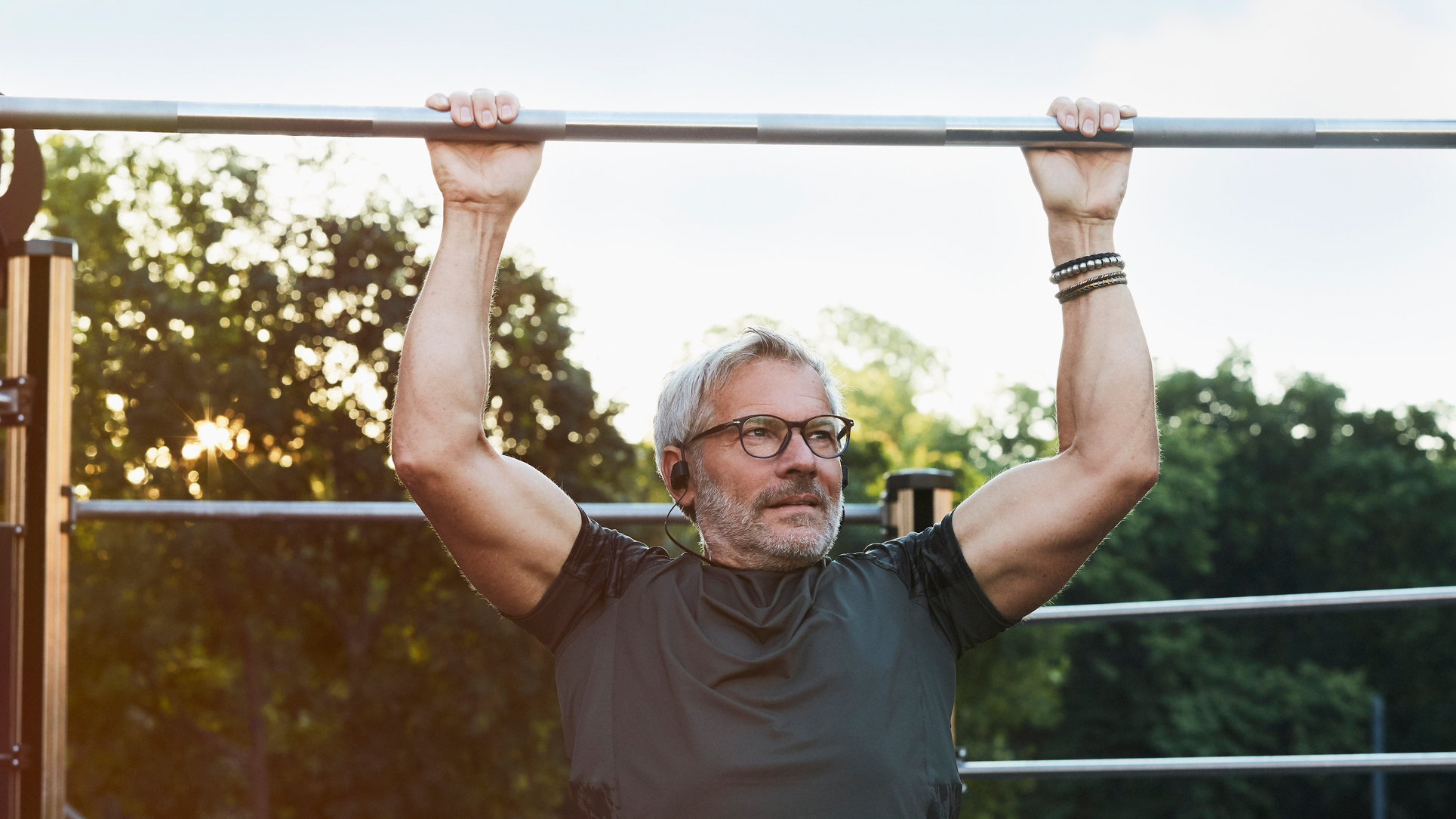Getting fit and healthy in middle age is just as good as starting early
It's never too late to start exercise to reap the benefits, according to this study


If you've been doing exercise consistently since you were very young, you might take for granted how easy you find it to lace up your trainers and head to the gym or go go for a run. However, it can be more challenging in middle age, if you're either coming to fitness for the first time or returning after a long absence. With age comes stiffer muscles, lower fitness and creaking joints (but fortunately, the last problem can be helped with the best supplements for joints).
But, we recommend you persevere: one study has found people who take up exercise in middle-age get as many benefits as those that have been doing it all their lives.
The info comes from a study published by researchers from the National Cancer Institute in Rockville, Maryland, and Newcastle University in the UK. The study looked at over 315,000 participants, finding that "maintaining physical activity from adolescence into later adulthood was associated with 29% to 36% lower risk for all-cause mortality".

This is nothing new: it's kind of a given if you exercise more, you're less likely to die early from causes related to obesity and inactivity. However, the surprising part of the study results were that even if you've spent your early life inactive, deciding to get fit and lose weight in middle age was still associated with 32% to 35% lower risk for mortality.
There's some things to bear in mind when getting back into fitness in middle age: for one, you need to take care of your body. Your mobility is very important when it comes to increasing your range of motion and avoiding injuries, so we recommend regularly practising our beginner's stretching exercises, or a similar routine, to make sure you remain flexible and fit.
Taking care of your body also means listening to your joints. When you first start, especially if you're doing high-impact exercises like running, you need to be mindful if you're suffering from any joint pain. A lower-impact cardiovascular exercise, such as using a rowing machine or cross trainer, can help you get fit and healthy again without putting any undue stress on your body.
Finally, make sure you incorporate some muscle-building exercises in your diet and an additional protein source. Adding a little muscle with resistance training can increase your metabolism, helping you to lose weight over the long term by improving your body composition, according to researchers at Quincy College in Boston.
Start your week with achievable workout ideas, health tips and wellbeing advice in your inbox.
Matt Evans is an experienced health and fitness journalist and is currently Fitness and Wellbeing Editor at TechRadar, covering all things exercise and nutrition on Fit&Well's tech-focused sister site. Matt originally discovered exercise through martial arts: he holds a black belt in Karate and remains a keen runner, gym-goer, and infrequent yogi. His top fitness tip? Stretch.
